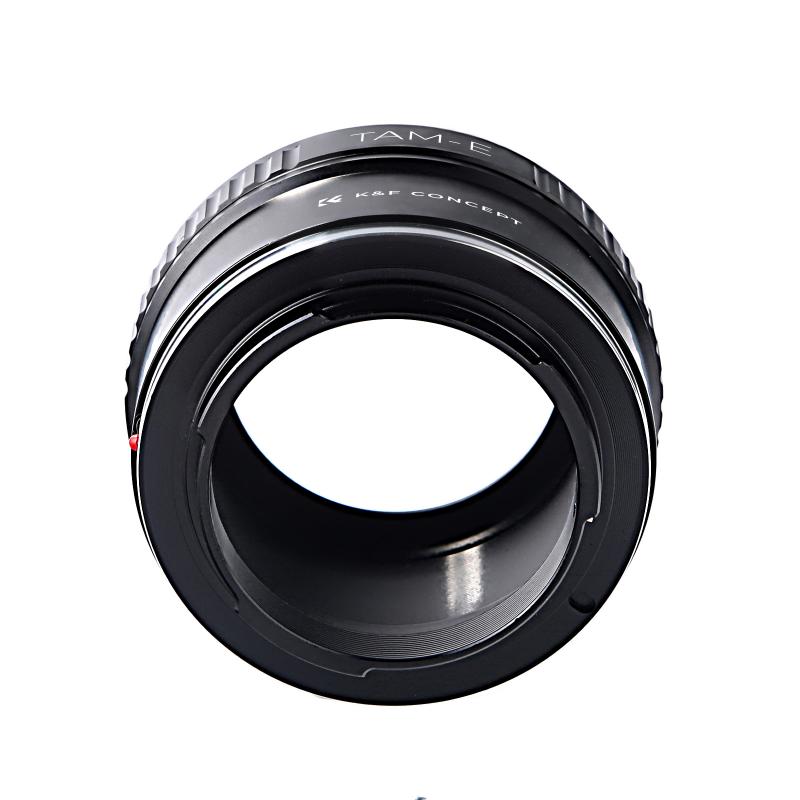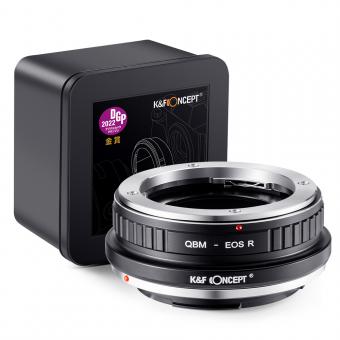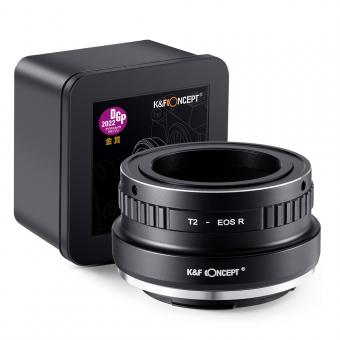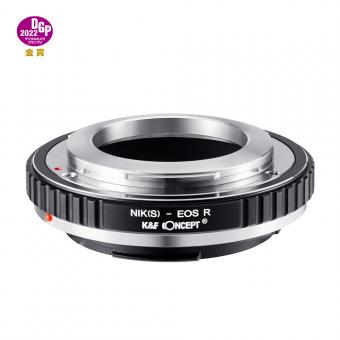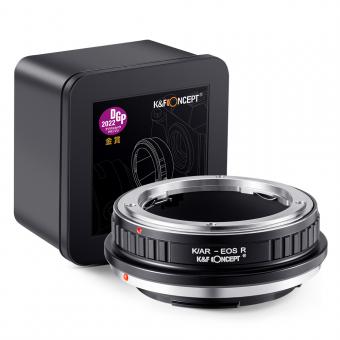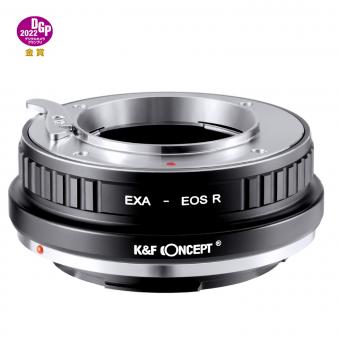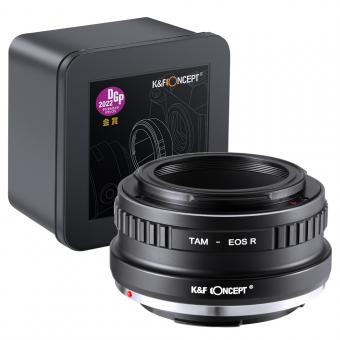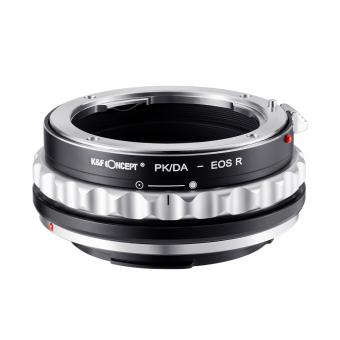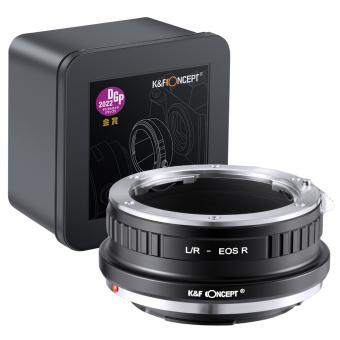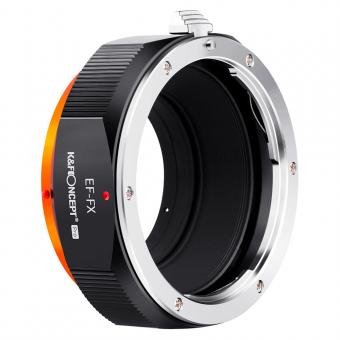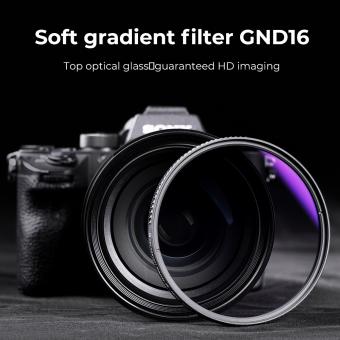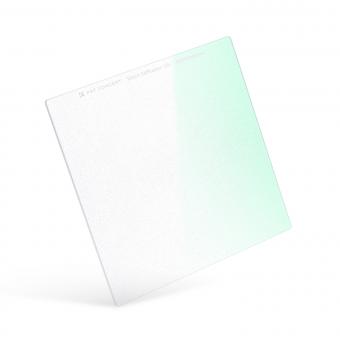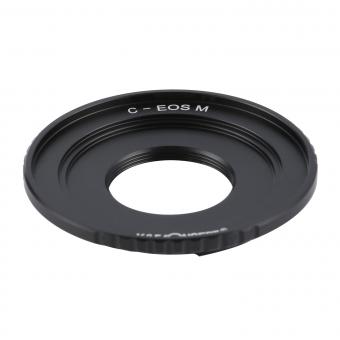How To Use Rf Lens On Ef Body ?
To use an RF lens on an EF body, you would need to use an EF-EOS R mount adapter. This adapter allows you to attach RF lenses to EF bodies, which are designed for EF lenses. The adapter ensures compatibility between the different lens mounts, allowing you to use RF lenses on EF bodies without any issues. Simply attach the adapter to the EF body's lens mount, and then attach the RF lens to the adapter. Once connected, you can use the RF lens on the EF body just like you would with any other EF lens. It's important to note that while the adapter allows you to physically mount the RF lens on the EF body, some features and functionalities of the RF lens may not be fully compatible or available on the EF body.
1、 Compatibility between RF lens and EF body
Compatibility between RF lenses and EF bodies is a common concern for photographers who are considering upgrading their gear. The RF lens mount was introduced by Canon in 2018 with the launch of their full-frame mirrorless cameras, while the EF mount has been used on Canon's DSLRs for many years.
To use an RF lens on an EF body, you will need an adapter. Canon offers the EF-EOS R Mount Adapter, which allows EF lenses to be used on RF mount cameras, as well as the Control Ring Mount Adapter, which adds a control ring to the adapter for additional functionality. These adapters ensure that the RF lens can be securely attached to the EF body and that communication between the lens and camera is maintained.
It is important to note that while the adapter allows for physical compatibility, there may be some limitations when using RF lenses on EF bodies. For example, autofocus performance may not be as fast or accurate as when using RF lenses on RF bodies. Additionally, certain features specific to RF lenses, such as the ability to use the full range of aperture control, may be limited when used with an EF body.
It is worth mentioning that Canon has been steadily expanding its RF lens lineup, offering a wide range of options for photographers. As the RF lens ecosystem continues to grow, it is expected that compatibility and performance with EF bodies will improve. However, for optimal performance, it is recommended to use RF lenses on RF bodies whenever possible.
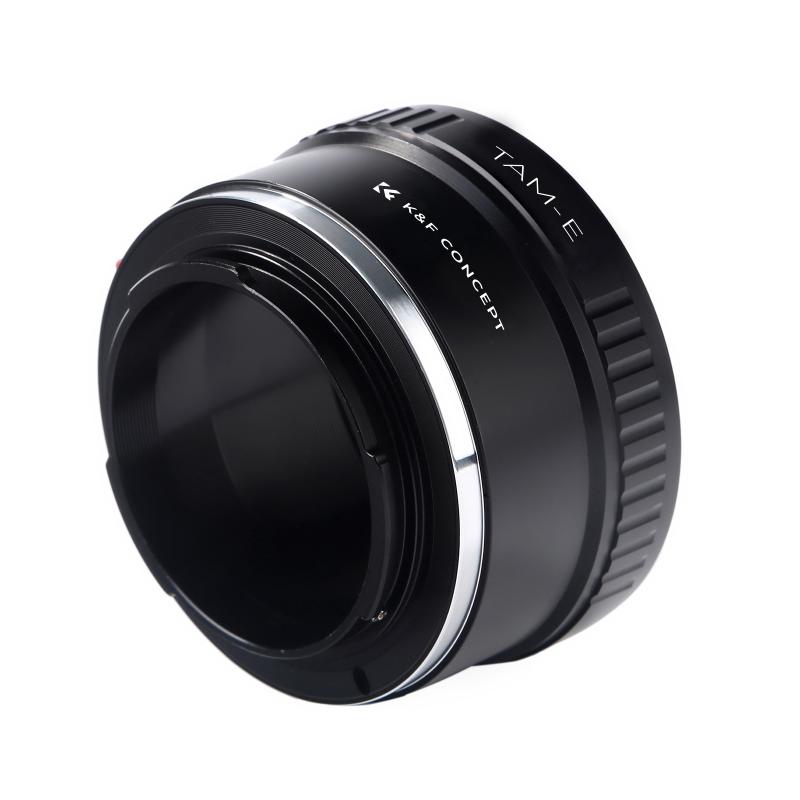
2、 Mounting an RF lens on an EF body
Mounting an RF lens on an EF body requires the use of an adapter. Canon introduced the RF lens mount with their mirrorless cameras, while the EF mount has been used on their DSLR bodies for many years. As a result, if you want to use an RF lens on an EF body, you will need to purchase the Canon EF-EOS R Mount Adapter.
The adapter allows you to attach RF lenses to EF bodies, maintaining full functionality. It provides a seamless connection between the lens and the camera body, ensuring that autofocus, image stabilization, and aperture control work as intended. The adapter also allows for full communication between the lens and the camera, enabling features like lens data transfer and lens aberration correction.
To use an RF lens on an EF body, simply attach the EF-EOS R Mount Adapter to the EF body's lens mount. Then, mount the RF lens onto the adapter. The adapter has a locking mechanism that secures the lens in place, ensuring a stable connection.
It's worth noting that while the adapter allows for compatibility, there may be some limitations. For example, certain RF lenses may have features that are only fully supported on RF mount bodies. Additionally, the adapter may slightly increase the overall size and weight of the setup.
Overall, mounting an RF lens on an EF body is a straightforward process with the use of the EF-EOS R Mount Adapter. It allows photographers to take advantage of the excellent RF lens lineup while still using their EF body.
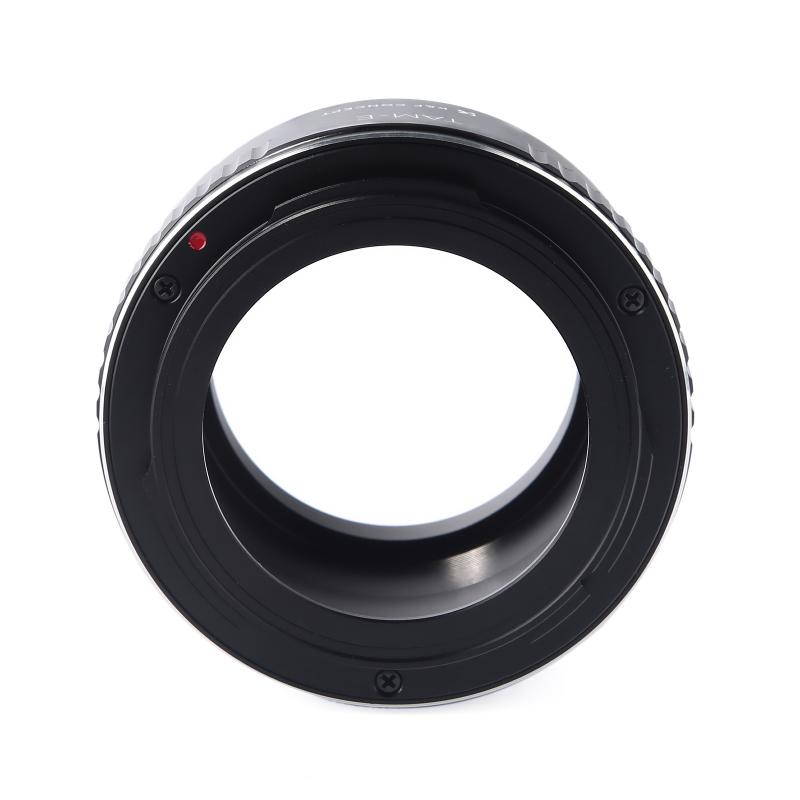
3、 Adapting RF lens to EF body using an adapter
To use an RF lens on an EF body, you will need to use an adapter specifically designed for this purpose. The adapter allows you to mount the RF lens onto the EF body while maintaining full functionality.
The process of adapting an RF lens to an EF body is relatively straightforward. First, ensure that both the lens and the adapter are securely attached to their respective mounts. The adapter will have an RF mount on one side and an EF mount on the other. Simply align the lens with the adapter's RF mount and twist it into place until it locks securely. Then, attach the adapter's EF mount to the EF body in the same manner.
Once the lens is mounted, you can use it just like any other EF lens. The autofocus, image stabilization, and other features of the lens should work seamlessly with the EF body. However, it's important to note that some features may be limited or unavailable when using an adapter. For example, certain autofocus modes or lens correction features may not be fully compatible.
It's also worth mentioning that the latest point of view on adapting RF lenses to EF bodies is generally positive. Many photographers have found that the adapter performs well and allows them to take advantage of the excellent image quality and advanced features of RF lenses on their EF bodies. However, it's always a good idea to do some research and read reviews specific to your camera model and the adapter you plan to use to ensure compatibility and optimal performance.
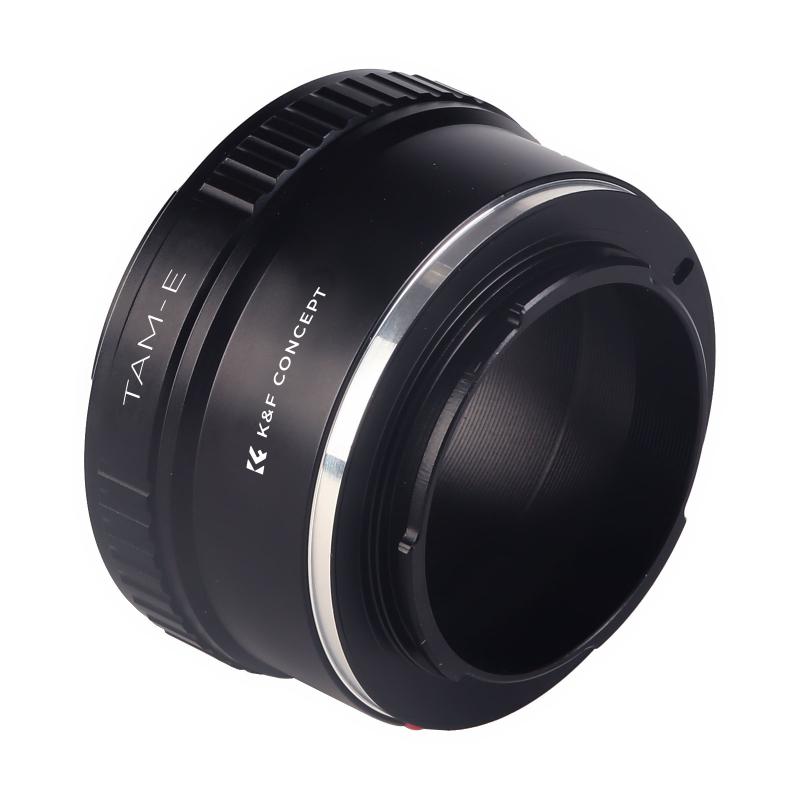
4、 Adjusting settings for RF lens on EF body
To use an RF lens on an EF body, you will need to use an EF-EOS R mount adapter. This adapter allows you to attach RF lenses to EF bodies while maintaining full functionality. Here's how to use an RF lens on an EF body:
1. Attach the EF-EOS R mount adapter to the EF body's lens mount. Ensure it is securely locked in place.
2. Align the red dot on the RF lens with the red dot on the adapter. Gently twist the lens clockwise until it clicks into place.
3. Power on the camera and navigate to the settings menu. Look for the "Release shutter without lens" or "Shoot without lens" option and enable it. This allows the camera to take photos even without a native EF lens attached.
4. Adjust the settings as desired. The camera should recognize the RF lens and automatically adjust certain settings, such as aperture control and autofocus. However, it's always a good idea to double-check and fine-tune the settings to ensure optimal performance.
5. Start shooting! With the RF lens attached and the appropriate settings adjusted, you can now capture images using your EF body with an RF lens.
It's worth noting that while the EF-EOS R mount adapter allows you to use RF lenses on EF bodies, there may be some limitations. For example, certain features specific to RF lenses, such as the Control Ring or the additional programmable buttons, may not be fully functional on an EF body. Additionally, the autofocus performance may vary depending on the specific lens and camera combination.
